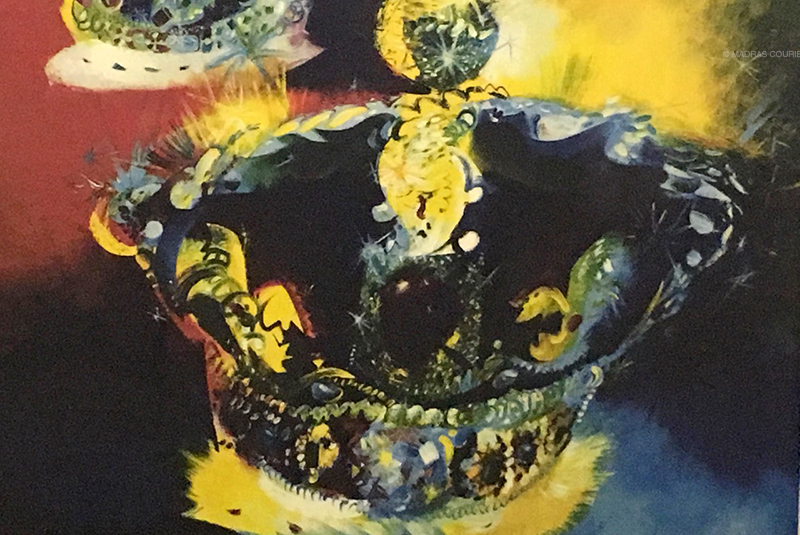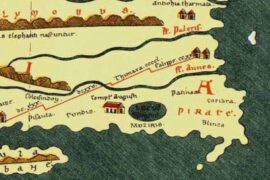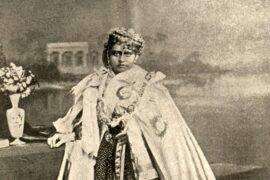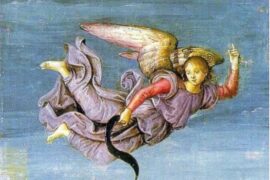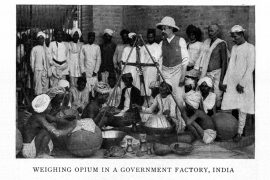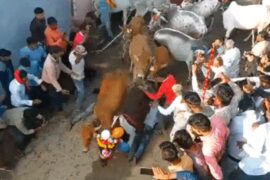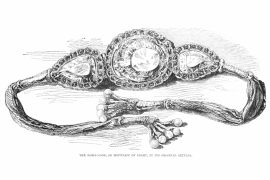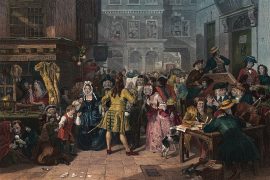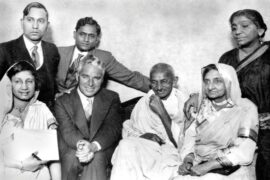Thomas Pitt, known to be “a miser in the worst sense of the word,” acquired a massive fortune in India that made him one of the richest men in England. Historians argue that his “corrupt,” unscrupulous ways have paved the way for him to acquire a 410-carat uncut diamond from the Golconda mines – one that laid the foundations for his future generations.
It was this diamond, (sometimes wrongly, yet famously attributed to his name and called Pitt’s Diamond), that Thomas Pitt the then Governor of Fort St George (now Madras) was obsessed with.
In his book ‘Life of Chatham’, the German historian Von Ruville writes of Pitt’s unscrupulous way and narrates how this diamond “dominated his every thought and action” for over one and a half decades.
Similarly, author Edward Pearce in his book Pitt the Elder: Man of War writes:
Thomas would be called a great villain himself. He would be identified with a diamond, the diamond. It became the Pitt diamond, and he would be ‘Diamond Pitt’. But the jewel itself seems to be nothing worse than the rough and ready profits of rough and ready trade.
The illicit diamond trade in Madras was aided by the fort’s proximity to the Golconda mines. Merchants would sell precious stones to Europeans, who then set sail for the long journey back home.
Often, their cargo would be lost to stormy seas or attacks. But those who made it through found far higher prices for these gems in Europe than in India – a fact that was carefully hidden from the local merchants so they would quote a lower price.
It was not just one diamond. Thomas Pitt acquired and traded in illicit diamonds – much against the rules of the East India Company. Sending a bag of diamonds on the Tankerville to his son Robert in February 1707, Thomas Pitt writes:
They are very good and everyone will make a brilliant, and they are dear considering the times, the like of which has not been known for many years, which we impute in a great measure to the villany of Pluymer, who informed the merchants here how they sold in England.
The complete origin of the Golconda diamond is not something that could be answered with certainty. Pitt himself recorded in his biography, that the 410-carat uncut stone was sold to him by the reputed diamond merchant Jamchand who was accompanied by Venkata Chetti, one of Madras’ leading merchants.
After months of protracted negotiations, in 1701, Pitt bought the diamond for a sum of 48,000 pagodas – roughly £24,000 at the time.
Samuel Glover who introduced the diamond merchant to Pitt had not received the commission of 3000 pagodas as the diamond merchant was not “pleased with Pitt’s transactions in the matter”. However, Jamchand and Thomas Pitt continued to do business with each other till Pitt left Madras.
***
The story of how Jamchand, the diamond merchant got the stone is usually through series of reconstructions. The most plausible scenario attributes it to a miner – who found the gem along the banks of the river Krishna and hid it in a self-imposed wound on his leg. He attempted to sell it to an English skipper. What happened to the miner is unknown. Some stories suggest that the skipper drowned him instead and kept the diamond for himself. Ultimately, the stone reached the diamond trader Jamchand.
Unsure of its safety, Pitt smuggled the uncut diamond back to London in the heel of a shoe worn by his son, Robert. There he arranged for it to be cut into the cushion shape for a cost of £5000. The cost of cutting was more than made up for by the dust and shavings left behind in the process. The result was a 140.5 carat cushion diamond –made ready for sale nearly fifteen years after it was first found.
The final purchase was made in 1720 – to the Regent of France himself for a sum of £135,000 pounds at a 450% profit. From this point on, it became known as “Le Regent” or the “Regent’s Diamond”.
Among its wearers would include Louis the XVth, Louis the XVIth and Napoleon Bonaparte (who had the stone embedded onto the pommel of his sword). Over generations of French rulers and nobles wearing the stone, it gained a reputation of being ‘cursed’ – Louis the XVIth and Marie Antoinette were decapitated, Louis the XVIIIth and Napoleon were both exiled, and Charles Xth was forced to abdicate the throne.
The secondary stones made from the leftovers of the Pitts Diamond were sold to Peter the Great, joining the Russian crown jewels. By the eighteenth century, diamonds from Golconda had adorned the crown jewels of Russia, Iran, Britain, France, Austria and Bavaria! In its lifetime, Napoleon once tried to pledge it to fund his conquests.
Pitt died in 1724. His final years were not spent with the diamond – as he had built an active career in business and politics, thanks to the proceeds from the sale of the diamond.
The Regent’s Diamond is now on display in the Louvre, Paris – estimated to be worth £48 million. A 410-carat diamond from the Golconda mines had made a significant mark on the history of the world.
Diamonds are forever. Such legacies are rare.
-30-
Copyright©Madras Courier, All Rights Reserved. You may share using our article tools. Please don't cut articles from madrascourier.com and redistribute by email, post to the web, mobile phone or social media.Please send in your feed back and comments to [email protected]

